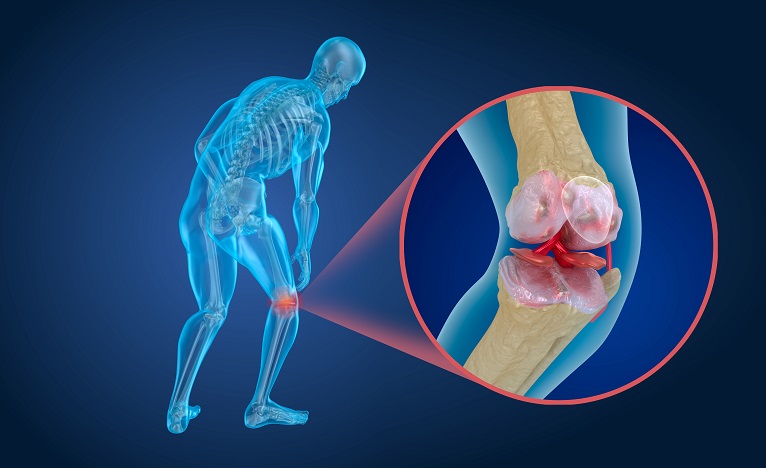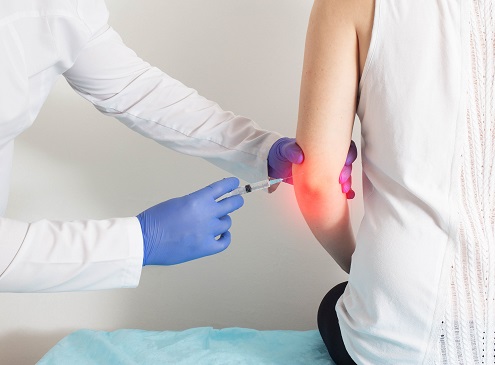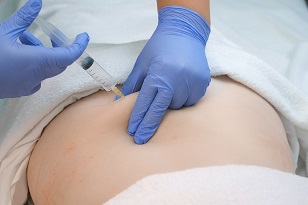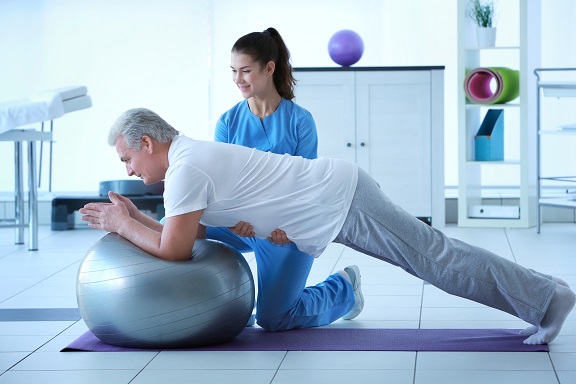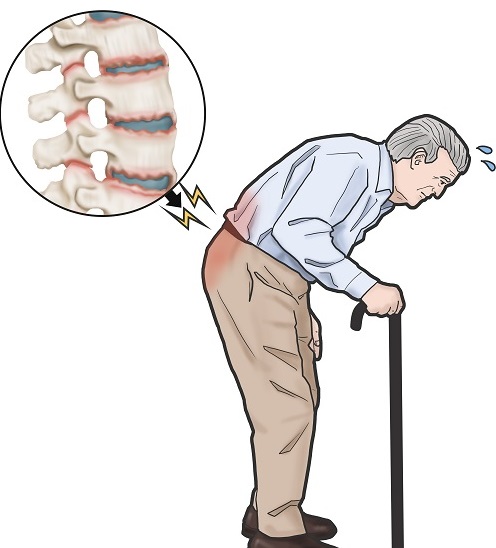Calcification or arthrosis is the deterioration of the bright and smooth structure of the knee joint cartilage and impaired function of the joint. Pain begins in the calcified knee. Over time, joint movements are restricted and the legs begin to skew as calcification progresses. Due to many movements in our daily life, the knee joint is used a lot and is one of our joints that carries body load, so there is a high probability of calcification.
How about arthritis in the knee?
Osteoartrosis of the knee joint can be seen with the aging process without being linked to another disease, as well as various rheumatic diseases (rheumatoid arthritis, etc.b), deterioration of the joint cartilage after trauma (post traumatic arthritis) and death of intra-bone cells in the bones that make up the joint for various reasons (osteonecrosis).
What are the symptoms of calcification in the knee?
In arthritis, patients first complain of pain. General pain begins gradually and continues to increase over time. Sometimes sudden pain attacks may also occur. Stiffness and swelling of the joint can be seen. Patients have difficulty bending and fully opening the knee. Joint mobility is reduced. After prolonged inactivity, pain and swelling complaints usually increase more. Walking, squatting and climbing stairs are the movements that increase the pain the most. Pain in the knee is usually expressed in the form of weakness in the joint and an internal ache. Sometimes a feeling of sound or crunch can be felt along with locking and pain in the knee. With pain, the standard of living of patients begins to decrease. Patients first reduce their activity, such as long walks. Over time, patients begin to have difficulty shopping, making friend visits. In the most advanced periods, patients can barely meet even their mandatory needs.
How is calcification of the knee diagnosed?
Arthrosis (arthritis) in the knee can be easily diagnosed by clinical examination and direct x-ray. The presence of angular deformity in the knee joint in direct graphite, narrowing of the joint range and bone protrusions due to calcification are radiological findings that support the diagnosis of arthrosis. In direct graphene, the severity of arthrosis can be determined by performing radiological staging of arthrosis. For this, standing stress graphs are sufficient.
How to treat calcification in the knee?
The simplest treatment that relieves the patient's pain and corrects the standard of living is the most accurate treatment. Since the fact that patients with knee arthritis decreases the loads on the knee to their ideal weight, it both reduces the progression of the disease and increases the effectiveness and duration of the treatment methods applied. Exercise and regular walking are important. Distances that do not cause pain during and after walking are the ideal walking distance for patients. In case of pain, the walk should not be continued any longer and the knee should not be forced. Saloon bikes are an effective exercise tool. Selecting models where the bicycle pedal is in front of the seating allows you to use it at an older age and reduces the likelihood of back problems. The first option in the treatment of drugs are simple painkillers. Paracetamol is the first analgesic to be preferred. If there is no swelling and heat increase in the knee, patients with calcification of the knee benefit from hot springs and hot applications. Glucosamine and chondroitin preparations can be used in treatment due to pain reduction and cartilage repair effects. Again, intra-joint lubricant fluid injections – hyaluronic acid – are among the treatment options. Hyaluronic acid allows the bones forming the joint to slide softly over the other and shock absorption during joint load transfer. In cases of swelling and increased heat in the knee, intra-joint cortisone injection can be performed to control swelling and pain. Cortisone, which is applied no more than 2-3 times a year in advanced arthritis, can temporarily control the pain of patients. Other treatment options include intraarticular ozone, PRP treatment and prolotherapy treatments in the knee. Physical therapy and rehabilitation can be very effective in the initial and moderate stages of arthritis. However, in the later stages, the effect of physical therapy decreases. Advanced knee arthritis that does not respond to other treatment methods is treated with knee replacement.
Patients with knee arthritis should pay attention to the following:
Your knee pain decreases when you protect your knees from strain, wear and tear, especially the load they need to carry.
If you are overweight, try to lose a few pounds.
Kneeling for a long time causes difficulty in the knee. Avoid prolonged squats.
Do warm-ups for 5 minutes before exercise. Work out with the right shoes. Do not make sudden increases in exercise intensity, loads.
Avoid exercises that overload your knee. Do not perform pain-causing movements in your knee.
With regular leg exercises, you can reduce the load on the joints by strengthening the muscles around the knee. Increased muscle strength will also protect against knee traumas.
